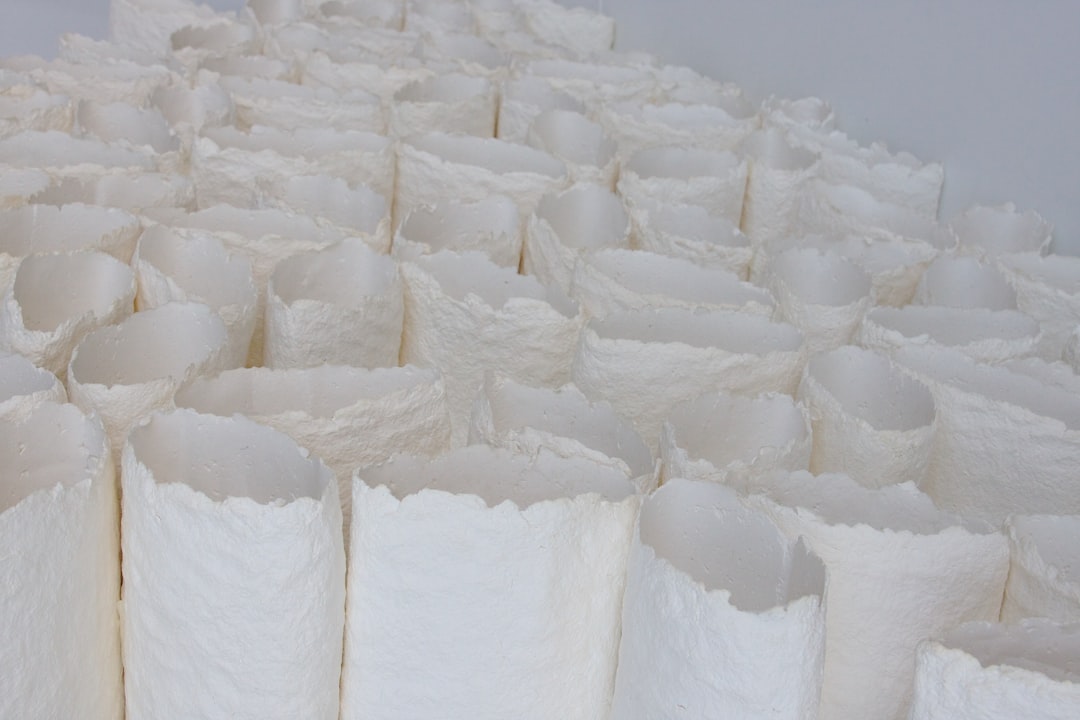
Foam insulation is a popular choice for construction professionals due to its superior energy efficiency and soundproofing capabilities. However, understanding the costs involved is crucial for accurate budgeting. On average, foam insulation costs range from $2.75 to $6.00 per square foot, depending on the type and application. This guide provides a detailed breakdown of the factors influencing these costs and how to manage them effectively.
• High R-value per inch compared to other materials
• Expands to fill gaps, reducing drafts and moisture
• Acts as an air barrier, potentially lowering energy costs by up to 40%
• Adds structural strength to buildings
• May qualify for tax credits and green certifications
1. Foam Type
• Open-cell: $0.90–$1.30 per board foot
• Closed-cell: $1.40–$2.50 per board foot
2. Project Size & Complexity
• Different areas like walls, attics, and crawl spaces have varying costs
• Complex structures may increase labor costs by 10–25%
3. Site Preparation & Safety
• Includes ventilation, masking, and disposal costs
4. Labor & Equipment
• Requires specialized equipment and skilled labor
• Seasonal demand can affect labor rates
5. Regional Factors
• Climate and local codes influence material requirements
• Permit fees vary by location
• Exterior walls: $2.75–$4.50 per sq ft
• Attic roof deck: $3.50–$6.00 per sq ft
• Rim joists: $120–$200 per 10-linear-ft section
Note: Costs can increase for historical buildings or those with unique challenges.
CountBricks offers a cutting-edge solution for estimating foam insulation costs. Our AI-driven platform provides real-time estimates, ensuring accuracy and efficiency. Key features include:
• Voice-activated measurements
• Current material pricing from local suppliers
• Compliance with regional R-value requirements
• Comparison of open-cell vs. closed-cell costs
• Quick generation of professional quotes
Learn more at CountBricks.com.
1. Initial Consultation: Discuss project goals and requirements.
2. On-Site Assessment: Capture dimensions using our mobile app.
3. Instant Estimate: Receive a detailed cost breakdown.
4. Scheduling & Preparation: Coordinate permits and materials.
5. Installation: Certified crew executes the plan.
6. Post-Installation Audit: Verify quality and finalize billing.
• Energy savings can offset installation costs within 3-5 years.
• Improved air quality and increased property value.
• Reduced HVAC maintenance costs.
• Ensure accurate thickness calculations.
• Plan for ventilation needs.
• Utilize available rebates and incentives.
In some cases, foam insulation may not be ideal. CountBricks provides comparisons with other materials like mineral wool or cellulose to help you make informed decisions.
For precise foam insulation estimates tailored to your project, connect with CountBricks. Visit CountBricks.com to learn more.

The Ramirez family in New York faced high utility bills and drafts in their 1970s home. CountBricks provided a comprehensive solution, resulting in a 38% reduction in energy costs. The project included:
• Closed-cell walls at $4.10 per sq ft
• Open-cell attic at $3.70 per sq ft
• ERV ventilation: $2,600
Total cost: $19,480.
1. Digital Takeoff: Automated volume calculations from plans.
2. Efficient Scheduling: Optimized delivery and crew timing.
3. Quality Assurance: Infrared scans ensured complete coverage.
• 38% reduction in energy costs
• Stabilized indoor humidity
• Improved HERS score from 89 to 63
• Use dual-density foam for cost-effectiveness.
• Prioritize air sealing for enhanced performance.
• Plan ventilation early in the project.
For similar results, visit CountBricks.com to explore your options.